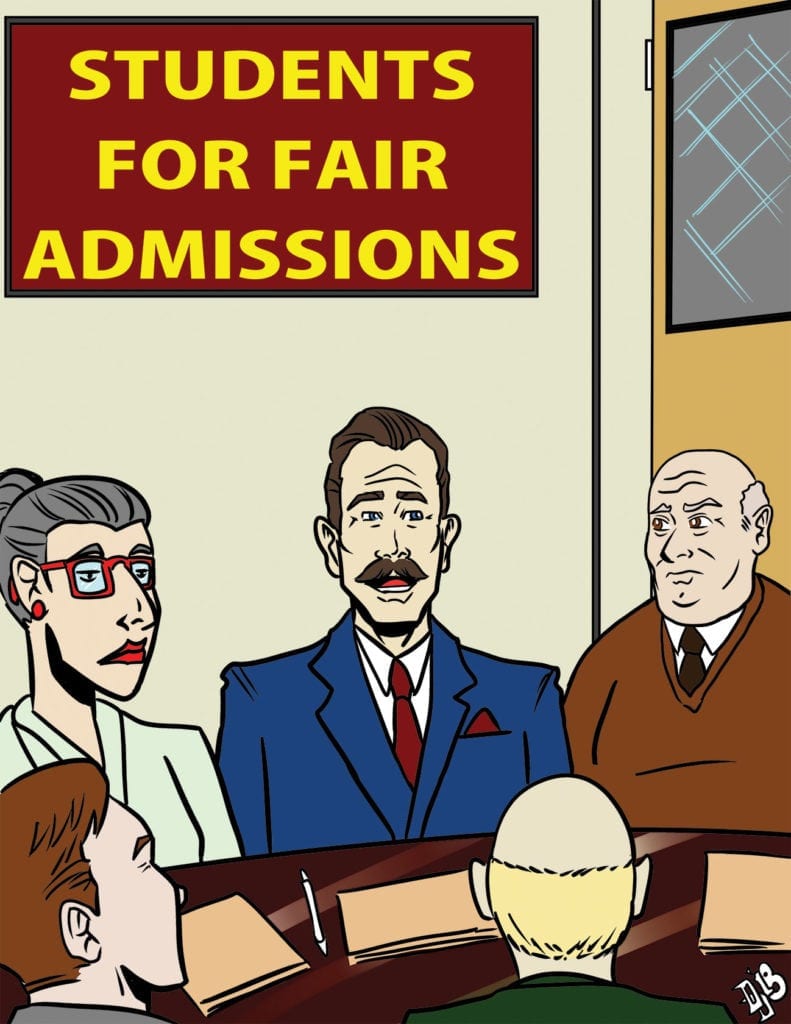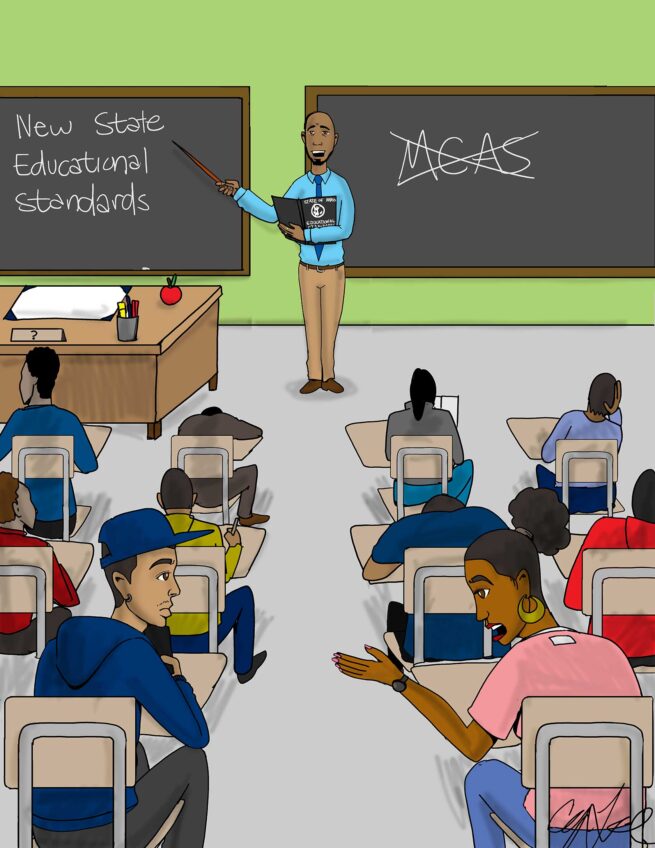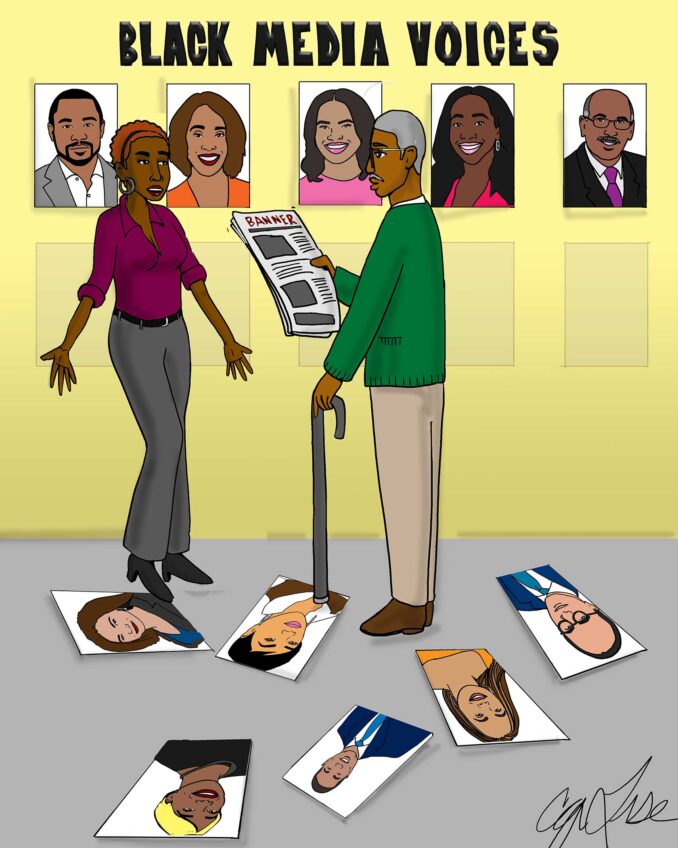
A major problem for African Americans is that victories in the Civil Rights Movement do not indicate that the conflict is over. It’s not like winning the Super Bowl and having bragging rights for a year. The Brown case outlawed segregation in public schools in 1952. The Civil Rights Act ruled against discrimination in education in 1964. But here we are still battling with discrimination cases in 2018.
Edward Blum seems to believe that a great injustice has occurred any time a white person has been denied a college admission while blacks have been accepted. He brought the case for Abigail Fisher, whose admission was declined by the University of Texas. The U.S. Supreme Court rejected her plea in 2016.
Fisher was clearly not strong enough academically to be persuasive that her credentials were superior to blacks who were admitted. Not to be undone, Blum has taken a similar case to Harvard University, but this time on behalf of Asian applicants. It seems that Blum’s real objective is to deny a college education to as many blacks as possible.
The Asian American Coalition for Education has joined with Blum in the lawsuit. They believe that Harvard has unlawfully denied admission to a large number of Asian students with high admission test scores and grade point averages. They have charged Harvard with racial discrimination.
While some colleges suffer from an inadequate admission pool, every year Harvard has about 40,000 applicants, most of whom are highly qualified. Harvard offers acceptances to about 2,056. That is only about 5 percent of the applicants. Harvard’s reputation has been sustained over the years because fastidious admissions officers assemble a talented, interesting and dynamic freshman class every year.
Indeed, everyone accepted is considered to be academically capable of performing at the highest level, but students are chosen with different life experiences and from different backgrounds. Harvard takes pride in producing graduates capable of assuming leadership roles at the highest levels of government, business, academia and the professions.
A similar problem has emerged in the touted New York exam high schools. Stuyvesant, Brooklyn Technical and the other New York exam high schools have disproportionate numbers of Asian students. While blacks and Latinos are 70 percent of New York high school students, they occupy only 10 percent of those in exam high schools. Admission to those schools is aggressively sought after by Asian immigrants as the first step for academic success and the American Dream.
Boston has a similar problem with Asians accounting for 29.1 percent of the Boston Latin School student body although Asians are only 9 percent of the high school student population. Boston has a more sensible solution than what is proposed in New York. Students sufficiently proficient on the exam and their school grade level can attend Latin Academy, a less rigorous exam school which has a student body of about 22 percent each for blacks, Asians and Latinos.
The New York proposal of admitting students who are not qualified for the academic demands of its exam high schools is a mistake. It would force the system either to erode its standards or expose students to academic failure that would be psychologically destructive.
Every student at Harvard can do the academic work, but much more is expected of them.






